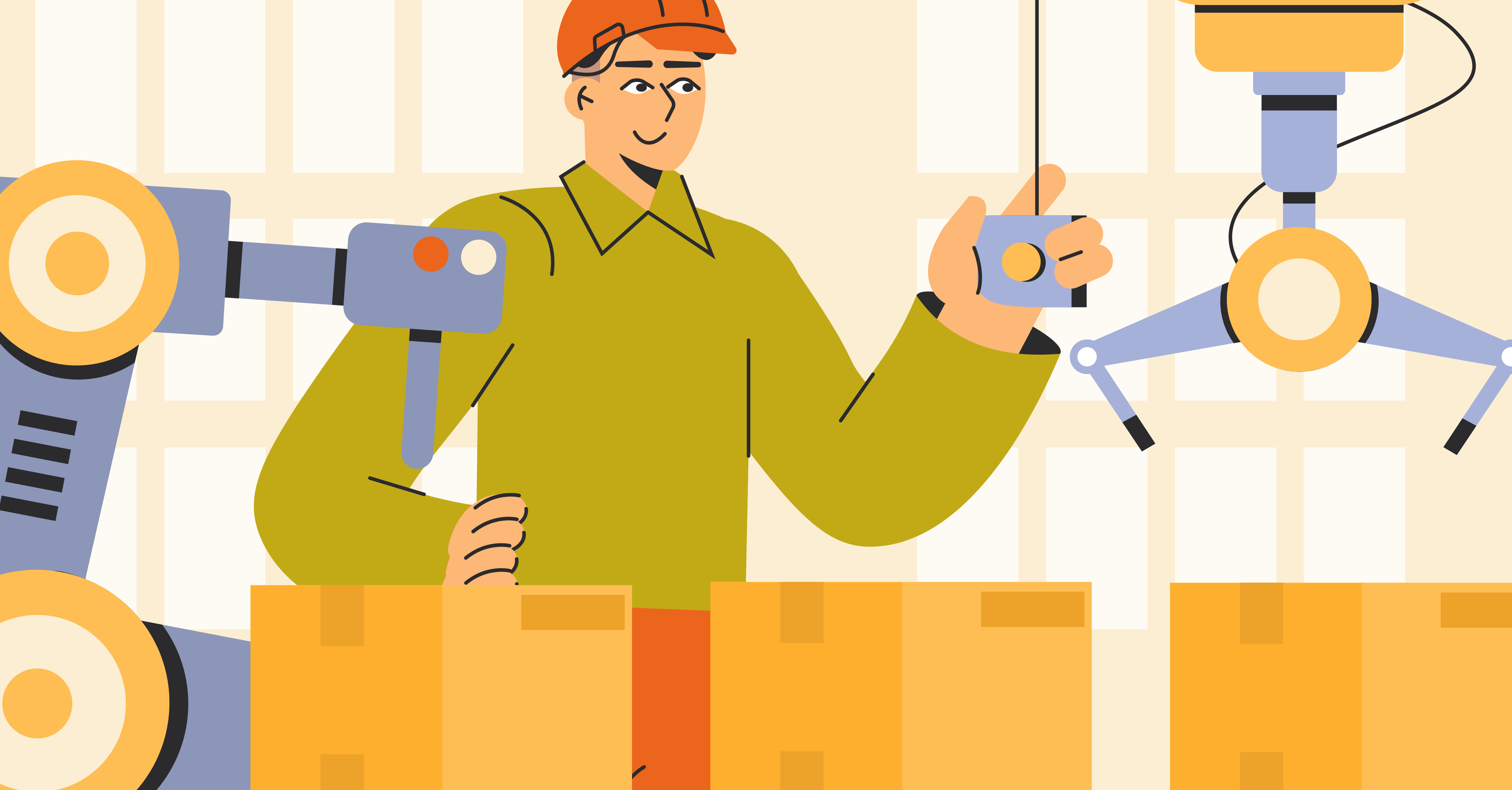Top 10 Tips to Prevent Workplace Fatalities and Injuries
July 30, 2021

Each day, millions of workers head to manufacturing facilities, oil and gas refineries, mines, shipyards, airlines, food distribution hubs, farms, stores and more. Thousands of workers won’t return home from work.
Over 3 million work-related deaths occur annually, according to estimates from the International Labour Organisation and hundreds of millions of workers suffer from workplace injuries and occupational exposure to hazardous substances worldwide.
These fatal injuries and illnesses are emotionally and financially devastating for the workers and their families. For employers, the loss of an employee in a workplace incident results in the loss of a coworker and friend, in many cases, as well as possible citations and fines for violations of workplace safety and health standards, the cost of medical bills, lost productivity, workers’ compensation insurance increases and low morale among the workforce.
The best way to avoid these disruptions and costs is to eliminate workplace hazards. Read our latest Insight Report, Protecting Your Most Valuable Asset: 4 Best Practices for Reducing Worker Injuries and Illnesses, and learn 10 tips to prevent workplace injuries and illnesses.
- Incorporate an employee wellness plan and safety management system. The best foundation to create a safe work environment and reduce workplace incidents is an effective safety and health management system that incorporates incident prevention, leading indicators, employee wellness, auditing and more. The program needs to cover all levels of employee safety and health and encourage employees to report hazardous situations and near miss incidents.
- Conduct pre-employment and pre-placement physicals. Some incidents occur because existing employees are physically unable to perform new tasks or new employees are not well-matched physically to the job. Pre-employment physicals are a way to ensure employees can safely perform job tasks.
- Training for employees and managers. Train employees and managers in safety measures and procedures and provide focused training when required, such as for industrial truck drivers, employees assigned to specific equipment, etc. Training in body mechanics, such as the proper way to lift, could be an important step in preventing musculoskeletal injuries.
- Research risk. Different organizations have different safety concerns. Utilize data from leading indicators such as training hours, employee retention, hazard identification and near-miss reports to eliminate risk in the workplace. Use lagging indicators, such as injury types, to track and target vulnerable work areas or worker populations.
- Provide personal protection equipment. Personal protection equipment is an essential component of safe work for many employees. The use of head protection, eye protection, hearing protection, personal monitors, respirators, head protection and foot protection must be taken seriously and should be reinforced when new employees are hired and at company meetings. Ensure employees know how to wear and care for PPE.
- Have adequate staffing levels. Overworked, tired employees can turn into distracted employees. Distracted employees contribute to situations that can result in injuries or accidental releases. More often than not, low staffing or high absence rates result in overtime hours. While many employees welcome overtime pay, responsible employers track overtime hours to ensure that employees are not overworked and exhausted.
- Avoid shortcuts. Shortcuts, particularly safety shortcuts such as forgoing lockout/tagout and not de-energizing equipment before maintenance or reports, can have devastating and life-threatening consequences. Having a Control of Work policy and process for non-standard activities, and standard work for routine activities can reduce the possibility of employee injuries.
- Maintain and inspect all equipment, including vehicles. Proper maintenance of all equipment – including vehicles – reduces the likelihood of malfunctions and accidents. Preventative maintenance, such as replacing certain machine parts or vehicle tires on a schedule designed to circumvent accidents and breakdowns saves money in the long run.
- Collect data about safety measures. By maintaining dashboards that track injuries, near miss reports, maintenance requests, worker illnesses, training schedules, safety meetings and other vital information, a picture will emerge about your safety management system’s strengths and weaknesses.
- Housekeeping is important. How many workplaces have signs that say, “Keep this space clean. Your mother doesn’t work here.” Poor housekeeping can cause serious health and safety hazards and is an indication that your workplace safety culture is lacking. Keeping aisles clear, exits unblocked, trash emptied, spills mopped up, cords contained, lights working, etc., eliminates many causes of workplace injuries due to slips, trips and falls.
How Intelex EHS Software Can Help
Intelex EHS software is designed to address the complex needs of health and safety management, providing an integrated solution for preventing workplace hazards and ensuring regulatory compliance. By automating incident reporting, tracking safety performance metrics and enabling real-time data analysis, Intelex helps companies take a proactive approach to employee safety.
Through tools like customizable dashboards, the software allows EHS managers to monitor leading indicators such as training hours, hazard identification and near-miss reports. This helps identify potential risks before they lead to accidents. For frontline workers, mobile capabilities enable immediate reporting of incidents and hazards, even in the field or when offline. Moreover, pre-built compliance forms ensure organizations meet regulatory requirements without the hassle of manual data entry.
Additionally, Intelex’s centralized system captures essential data on personal protective equipment (PPE), staffing levels and maintenance schedules, enabling organizations to maintain high safety standards across all operations.
Conclusion
Workplace safety is a critical component of effective operational management, and the consequences of failing to protect employees are both tragic and costly. Intelex EHS software empowers companies to safeguard their workforce by streamlining incident reporting, improving data visibility and enhancing regulatory compliance. By adopting a proactive safety management approach, organizations can significantly reduce workplace injuries and fatalities, ensuring that their employees return home safely every day.







